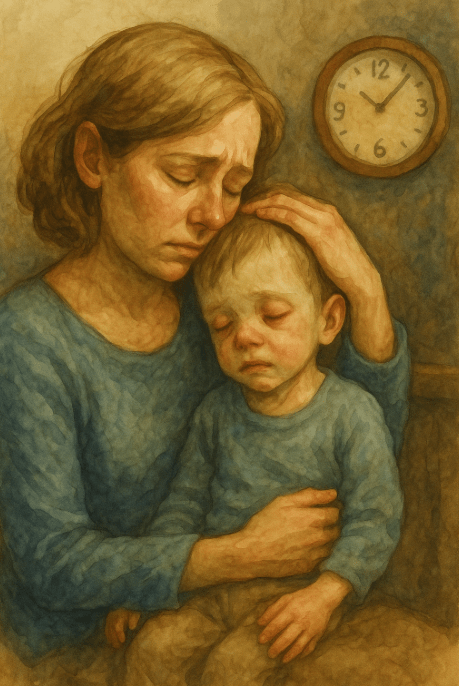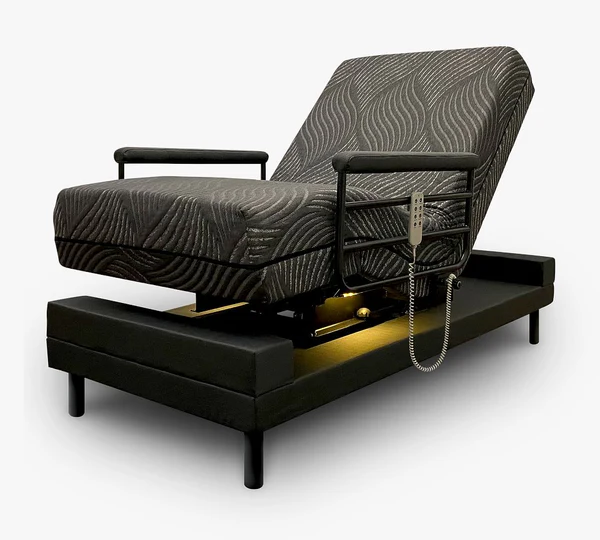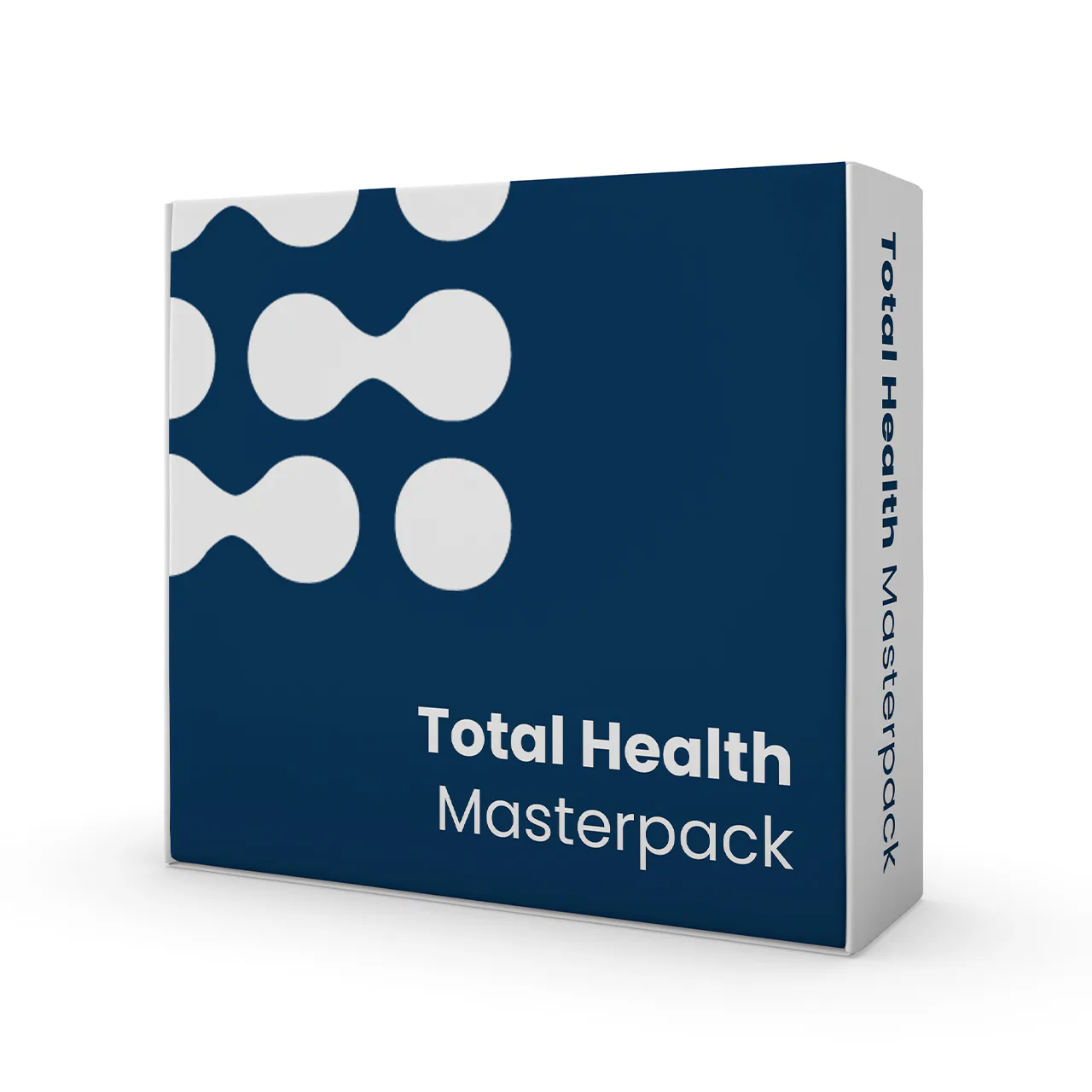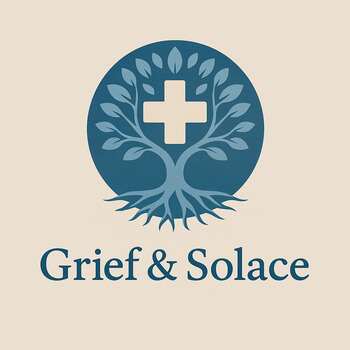Grieving Niemann-Pick Disease: Mourning the Future Before It Begins

This post blends real grief with grounded knowledge. It isn’t clinical. It isn’t distant. It’s meant to sit beside you—not above you. The story you’ll read is meant to reflect what so many feel when living through or witnessing this condition: confusion, exhaustion, and quiet forms of courage.
If what you read feels familiar, please speak with your doctor. Your pain deserves more than silence.
We Knew We Would Lose Her, But We Loved Her Like Time Didn’t Matter
She could barely walk when the diagnosis came. Stumbling with that toddler wobble, she still clapped when birds flitted past the window. She still said “mama” like it was the sweetest word in the world.
Then came the doctor’s office. The scan. The blood draw. The word we had never heard before: Niemann-Pick.
Type A… The cruelest kind…
They explained how her body couldn’t break down fat properly, that it would accumulate in her liver, her lungs, and her brain. They warned us it would take her. Slowly, then all at once.
🧠 Symptoms:
general:
– Muscle weakness or clumsiness
– Loss of coordination
– Difficulty swallowing or speaking
– Eye movement problems
– Hearing loss
– Behavioral changes or mental health decline
– Memory and learning problems
– Liver and spleen enlargement
– Repeated infections or pneumonia
– Seizures (in advanced or type C cases)
There was no treatment plan offered. Only a timeline. “Two, maybe three years. Love her while you can.”
I remember how the air felt heavy in that room, how her name echoed like an unasked question. The sound of her giggle from the stroller felt like a scream inside my chest…
We returned home, broken…
Then we began to rebuild…
Not with hope…because that felt elusive…but with presence. The kind of love that doesn’t flinch, that doesn’t beg for more time but honors what remains.
We filled her days with music. Soft songs in the morning, lullabies through the long, restless nights. We danced with her, even as her balance faltered. We read to her, even when the words began to lose their meaning.
She started to lose things. First, the running. Then the walking. Then the words.
Risk Factors:
– Type A: more common in Ashkenazi Jewish ancestry
– Type B: increased incidence in North African descent
– Type C: seen across populations, but more frequent in Acadian and Bedouin ancestry
– Having one affected child increases risk in future pregnancies
She was not a tragedy. She was a miracle in slow motion…and we loved her like the clock never stood a chance.
Causes:
– Type A/B: mutations in the SMPD1 gene causing sphingomyelinase enzyme deficiency
– Type C: mutations in NPC1 or NPC2 genes affecting cholesterol transport
– All types follow autosomal recessive inheritance (both parents must carry the mutation)
Her laughter faded, yet her eyes recognized us. Even when she forgot how to hold a spoon, even when the machines outnumbered the pillows on her bed.
People stopped asking for updates. They didn’t know what to say anymore. They thought witnessing her decline was the hardest part.
It wasn’t…
The hardest part was watching her stay. Stay present. Stay soft. Stay herself, in fleeting moments…and knowing we could not remain with her.
We sang her through the seizures. Held her during the choking. Cheered when she squeezed a finger. Grieved each breath that asked too much of her.
We never stopped saying her name…
Not because we hoped she’d say it back, but because she deserved to hear it spoken with joy, not pity.
We lost her on a quiet morning. No drama. No last words. Just a small exhale. It felt like she had given us all she had and was finally allowed to rest.
📘 Diagnosis & Treatment
diagnosis:
– Enzyme test (sphingomyelinase activity) for types A/B
– Blood cholesterol test (oxysterol) for type C
– Genetic testing (confirms mutations and identifies carriers)
– MRI: may show brain atrophy or enlarged liver/spleen
– Skin biopsy (cholesterol storage testing for type C)
– Prenatal testing: amniocentesis or chorionic villus sampling
– Eye exam (tracking movement abnormalities in type C)
treatment:
type b:
– Olipudase alfa-rpcp (Xenpozyme): enzyme replacement that may reduce organ size and help with breathing, but does not impact neurologic symptoms
type c:
– Miglustat (not FDA-approved in US, used internationally): slows progression of neurological symptoms
supportive therapies:
– Physical and occupational therapy for mobility
– Speech therapy for swallowing and communication
– Nutritional support and feeding interventions
– Oxygen therapy for respiratory complications
– Medications for seizures, sleep disorders, or infections
regular monitoring:
– Neurologic check-ups
– Lung and liver function tests
– Mental health and developmental assessments
– Genetic counseling and family planning
types:
type a:
description:
The most severe form, beginning in infancy. Rapid neurologic decline with enlargement of liver and spleen.
survival: Most children do not live past early childhood.
key_features:
– Liver and spleen enlargement
– Severe brain and nerve damage
– Loss of muscle tone
– No current treatment
type b:
description: >
Juvenile or adult-onset form that usually spares the brain. Progresses more slowly than type A.
survival: Many live into adulthood.
key_features:
– Enlarged liver and spleen
– Lung disease (pneumonia, breathing issues)
– Bone pain and difficulty walking
– Overlap symptoms with Type A possible
– Enzyme replacement therapy (olipudase alfa) may help
type c:
description: >
Caused by a defect in transporting cholesterol inside cells. Can appear at any age and progresses variably.
survival: Varies—can affect infants, children, or adults.
key_features:
– Vision problems and eye movement abnormalities
– Balance, walking, swallowing, and speech issues
– Cognitive decline and mental health changes
– Hearing loss and trouble sleeping
– Miglustat may help slow progression
I know this is heavy, and I understand that the road ahead may feel like a tangle of loss and unanswered questions. But please hear this: you are not broken because you are hurting; you are not weak because you are afraid. You are living through something real, and survival itself is a kind of grace. You are allowed to struggle, you are allowed to hope, and you are allowed to not have all the answers today. Whatever comes next, you do not face it empty-handed; you carry every moment of love that shaped you, and that will always be enough to keep going.
🎀 Gifts to help With Niemann-Pick Disease
🏥 Everyday Comforts for Everyday Battles
Managing Niemann-Pick Disease often means needing a little extra help.
Sometimes it’s about restoring dignity, ease, or simply getting through the day with less pain.
These carefully chosen tools aren’t just items; they’re small bridges back to living.
This section is about finding practical support, never shame.
Reclining Medical Chair – Rest for the Body That’s Failing From the Inside Out
As Niemann-Pick progresses, muscle weakness, fatigue, and organ failure make sitting upright exhausting. This reclining chair is designed for fragile bodies—offering posture support, adjustability, and a sense of comfort in long hours of stillness. It’s not recovery. It’s relief. A place to breathe easier when the lungs are struggling and the body is tired of fighting.
🌿 Paths to Healing Beyond the Map
Sometimes traditional medicine isn’t enough.
If you’re exploring gentle, alternative options to help with Niemann-Pick Disease,
you might find comfort in plant-based compounds like **CBD or CBG**.
*This section is not medical advice, just a door left open.*
USA Medical Total Support Pack – Gentle Reinforcement for Families Living the Long Goodbye
There’s no reversing Niemann-Pick. But there is soothing. This Total Pack blends CBD, nervous system calm, and immune support to offer gentle comfort through inflammation, sleep disruption, and caregiver burnout. It won’t change the outcome. But it can make the waiting kinder.
Need a Different Path Forward?
Every journey through grief looks different. Choose the next step that speaks to where you are now:
When You're Ready to Start Healing
Healing doesn’t mean forgetting.
It means finding small ways to carry your grief with strength and grace.
These are the stories, tools, and gentle steps to begin walking forward…at your own pace.
When You're Still in the Thick of It
Sometimes healing feels like a lie.
If you’re not ready to move on…if the pain still roars louder than the world wants to hear…this is the place where you’re allowed to feel it.
No sugarcoating. No pretending. Just truth.
When You're Holding on to Who’s Still Here
Grief reminds us to love louder.
If someone you love is still with you, this is your place to celebrate them, honor them, and create new memories while there’s still time.
Joy and sorrow can live side by side.






